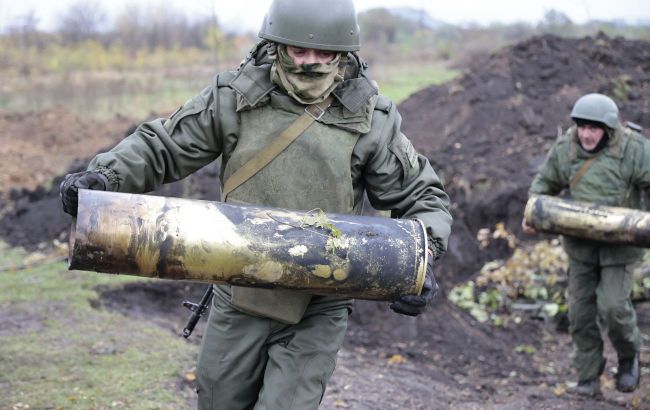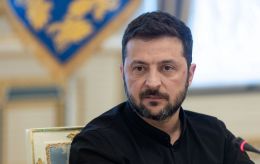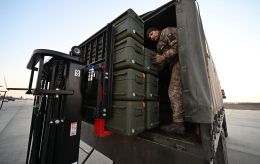Russia masses troops, renews attempts to cross Oskil River – National Guard
 Photo: Russian forces are amassing manpower and continuing their attempts to force the Oskil River (Getty Images)
Photo: Russian forces are amassing manpower and continuing their attempts to force the Oskil River (Getty Images)
Russian forces continue attempts to cross the Oskil River in the Kupiansk direction in a bid to expand their foothold on the right bank of the Kharkiv region, said National Guard spokesperson Ruslan Muzychuk.
"The enemy has been trying to cross the Oskil River for a long time. We’ve observed this since the end of last year, in areas like Pishchane and Kolesnykivka, where there were large-scale armored assaults. This is happening now, particularly in the northeast of Kupiansk, where the enemy attempts to cross the Oskil and expand its bridgehead on the right bank, including in areas such as Dvorichna and Fiholivka," Muzychuk said.
He noted that Ukrainian forces are regularly recording enemy infantry buildup and assault attempts in the area.
"These are also engineering activities by the enemy, trying to create preconditions for attempts to force the river and to accumulate forces and means to cross it and conduct assaults," he added.
In general, three to seven attacks are recorded daily in the Kupiansk direction of the frontline, which is under the control of the National Guard units. The enemy is actively using artillery and drones.
"Our troops report that artillery is the main tool used by the enemy, along with drones and engineering units attempting to build pontoon bridges or other infrastructure to move infantry or, at times, even equipment," Muzychuk explained.
He also said that in the northern border area of Kharkiv region, particularly near Vovchansk, Russian forces are conducting low-intensity combat operations.
"On average, there are about 4–5 attacks per day, most of them in the Vovchansk area," Muzychuk said.
Situation at the frontline
According to the General Staff, as of 4:00 p.m. on April 29, 75 combat engagements were registered on the frontline. Of these, 38 took place in the Pokrovsk direction.
The situation also escalated significantly in the Novopavlivka direction. Russian forces are pushing towards the border of Dnipropetrovska, Zaporizhzhia, and Donetsk regions.
In addition, Russian troops continue to attempt to create a buffer zone in the Sumy region, but have not achieved significant success.

